Ethereum NFT Marketplace Development: A Comprehensive Guide to Building Your NFT Marketplace Platfor
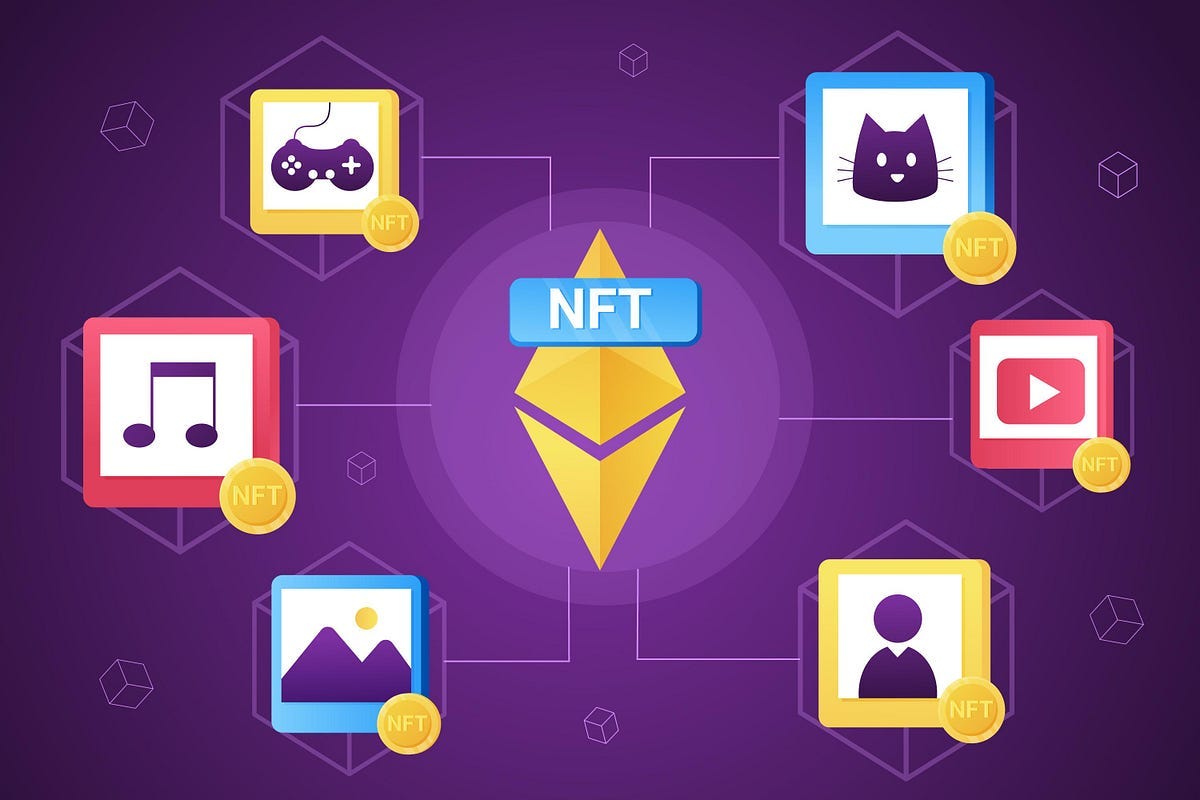 In the ever-evolving landscape of digital assets, non-fungible tokens (NFTs) have emerged as a groundbreaking phenomenon. NFTs, powered by blockchain technology, enable the ownership and transfer of unique digital assets. Creating an NFT marketplace on the Ethereum blockchain has become an enticing prospect for many entrepreneurs and developers. In this comprehensive guide, we will delve into the intricacies of building your very own Ethereum NFT marketplace platform.
In the ever-evolving landscape of digital assets, non-fungible tokens (NFTs) have emerged as a groundbreaking phenomenon. NFTs, powered by blockchain technology, enable the ownership and transfer of unique digital assets. Creating an NFT marketplace on the Ethereum blockchain has become an enticing prospect for many entrepreneurs and developers. In this comprehensive guide, we will delve into the intricacies of building your very own Ethereum NFT marketplace platform.
Decoding NFT Marketplaces
When creating an NFT marketplace, it is crucial to understand the fundamentals. NFT marketplaces serve as decentralized platforms where users can buy, sell, and trade NFTs. These marketplaces leverage blockchain technology to ensure the transparency, security, and authenticity of digital assets.
Elevating NFT Marketplaces: Essential Features Unveiled
Navigating the competitive landscape of NFT marketplaces requires a keen understanding of the essential features that set successful platforms apart. Let’s explore these features in detail:
1. User-Friendly Interface
Creating a user-friendly interface is pivotal for NFT marketplace success. Ensuring intuitive navigation enhances user experiences, fostering engagement and satisfaction. A seamless interface invites users to explore, discover, and participate in the vibrant ecosystem.
2. Smart Contracts
Smart contracts are the bedrock of NFT marketplaces, guaranteeing secure, transparent transactions. Integrating smart contract functionality establishes trust, automating agreements between buyers and sellers. This trustless execution enhances the reliability and credibility of your platform.
3. Wallet Integration
Seamless wallet integration is a cornerstone for users managing their digital assets. Supporting popular cryptocurrency wallets enhances accessibility, broadening your user base. By providing a user-friendly wallet experience, you empower users to engage confidently with your NFT marketplace.
4. Gas Optimization
Ethereum transactions incur gas fees, and optimizing these costs is pivotal for user satisfaction. Implementing gas-efficient processes minimizes transaction expenses, making your platform more appealing and cost-effective. This optimization attracts and retains users, contributing to the growth of your NFT marketplace.
5. Enhanced Search and Filter Options
Efficient search and filter functionalities empower users to effortlessly discover and explore NFTs. Implementing advanced search options based on categories, artists, or trends enriches the user experience, enhancing the discoverability of digital assets. These enhancements contribute to a dynamic and user-centric platform.
6. Minting and Listing Tools
Providing user-friendly tools for minting and listing NFTs is crucial. Simplifying these processes encourages artists and creators to actively contribute, fostering a vibrant ecosystem of unique digital assets. This simplicity attracts content creators, ensuring a diverse and dynamic range of NFTs on your platform.
7. Community Engagement Features
Implementing features that foster community engagement, such as comments, likes, and social sharing, cultivates a sense of community within your NFT marketplace. This not only increases user interaction but also amplifies the visibility of listed NFTs. Community-driven engagement is essential for creating a lively and thriving NFT ecosystem.
The Ethereum Buzz: Unraveling Its NFT Potential
As we dive into the realm of Ethereum, the blockchain that has become synonymous with NFTs, it’s essential to unravel the elements that contribute to its NFT potential.
1. Smart Contract Capabilities
Ethereum’s prowess in smart contract functionality is instrumental. Enabling programmable and self-executing contracts distinguishes your NFT marketplace, offering a dynamic and automated environment for users, artists, and collectors. Harnessing these capabilities elevates the overall experience and functionality of your platform.
2. Established Ecosystem
The Ethereum ecosystem is a thriving network comprising developers, users, and decentralized applications (DApps). This robust community underpins the growth and stability of Ethereum-based projects, ensuring a supportive environment for the sustained success of your NFT marketplace. Leveraging this ecosystem enhances your platform’s credibility and resilience.
3. Interoperability
Ethereum’s seamless compatibility with other blockchains is a strategic advantage. This interoperability facilitates integration with diverse decentralized finance (DeFi) protocols and various blockchain projects. Your NFT marketplace becomes a versatile hub, connecting seamlessly with broader blockchain ecosystems and expanding opportunities and functionalities.
4. Security and Immutability
The security and immutability inherent in Ethereum’s blockchain provide an unwavering foundation for NFT transactions. This crucial aspect establishes trust in the authenticity and integrity of digital assets within your marketplace. Security measures and immutability ensure a tamper-proof environment, safeguarding user investments and maintaining the integrity of the NFT ecosystem.
5. Industry Adoption
Ethereum stands at the forefront of industry adoption in the NFT space. Renowned artists, musicians, and brands actively choose Ethereum as their preferred platform for tokenizing digital assets. Aligning your NFT marketplace with Ethereum taps into this widespread adoption, offering users a platform associated with credibility, recognition, and a rich tapestry of digital assets.
6. Upcoming Upgrades
Anticipation for Ethereum 2.0 and its forthcoming scalability improvements solidify Ethereum’s position as the leading blockchain for NFT development. Staying attuned to these upgrades positions your NFT marketplace on the cutting edge of technology, ensuring scalability, efficiency, and a future-proof infrastructure for sustained growth.
7. NFT Market Trends
Exploring current NFT market trends is paramount for staying competitive. Analyzing these trends informs strategic decisions, enabling your platform to adapt to evolving user preferences. This foresight ensures sustained growth, relevance, and a dynamic user experience within the ever-changing landscape of the NFT market.
Crafting Your Ethereum NFT Marketplace: The Technology Stack Blueprint
Now, let’s dive into the critical aspects of crafting your Ethereum NFT marketplace by understanding the technology stack blueprint. This section will guide you through the essential components required for a robust and scalable platform:
1. Blockchain Infrastructure
Selecting a scalable and secure blockchain infrastructure is the cornerstone of your Ethereum NFT marketplace. Ethereum, renowned for its proven track record, emerges as the optimal choice. The robustness of Ethereum’s infrastructure ensures a reliable foundation, vital for the success and sustainability of your platform.
2. IPFS for File Storage
Embracing the InterPlanetary File System (IPFS) revolutionizes file storage for NFTs. This decentralized and efficient solution ensures the durability and accessibility of digital assets within your marketplace. Integrating IPFS enhances the overall reliability and permanence of the content, contributing to a resilient and user-friendly platform.
3. Decentralized Identity Solutions
Incorporating decentralized identity solutions is paramount for bolstering user privacy and security. Platforms like uPort and Sovrin provide trustworthy decentralized identity services. This inclusion enhances the overall integrity of your NFT marketplace, fostering a secure and private environment for users to engage with confidence.
4. Scalable Database Solutions
Utilizing scalable database solutions, such as MongoDB or Arweave, is essential for accommodating the increasing volume of users and transactions on your NFT marketplace. These robust database solutions ensure seamless scalability, providing a foundation capable of handling the dynamic growth of your platform.
5. Off-Chain Scaling Solutions
Implementing off-chain scaling solutions, such as Layer 2 solutions or sidechains, is instrumental in optimizing transaction speed and reducing congestion on the Ethereum network. This strategic choice enhances the overall efficiency of your NFT marketplace, providing users with a swift and responsive experience.
6. Responsive Front-End Frameworks
Selecting a responsive front-end framework is crucial for delivering a seamless user interface across diverse devices. Frameworks like React or Vue.js stand out as popular choices for NFT marketplace development. Ensuring responsiveness enhances user satisfaction and accessibility, contributing to a positive and engaging user experience.
7. Continuous Innovation
Remaining at the forefront of emerging technologies and industry advancements is imperative for the sustained success of your NFT marketplace. Continuous innovation ensures that your platform remains competitive and aligns with the evolving needs and expectations of users. By embracing cutting-edge solutions, you position your NFT marketplace as a dynamic and forward-thinking ecosystem within the ever-evolving blockchain landscape.
Ethereum and NFT Marketplaces: A Symbiotic Connection
The synergy between Ethereum and NFT marketplaces has fueled the rapid growth of the NFT ecosystem. Understanding this symbiotic connection is essential for leveraging the full potential of your NFT marketplace. Let’s delve into the intricacies of this relationship:
1. Cross-Platform Compatibility
Ethereum’s extensive adoption guarantees cross-platform compatibility, enabling users to seamlessly engage with NFTs across diverse applications and platforms. This interoperability ensures a unified experience, fostering accessibility and convenience for users navigating your Ethereum NFT marketplace.
2. Liquidity and Trading Opportunities
Being embedded in the Ethereum blockchain enhances NFT liquidity and trading opportunities. Integration with decentralized exchanges and other DeFi platforms provides NFTs with increased exposure and accessibility. This strategic positioning opens avenues for diverse trading opportunities, contributing to the vibrancy of your NFT marketplace.
3. Community Engagement
The energetic Ethereum community actively engages in NFT marketplaces, fueling collaboration, innovation, and community-driven initiatives. Harnessing this collective energy within your platform cultivates a vibrant ecosystem. Encouraging community participation not only enriches the user experience but also solidifies your NFT marketplace as a hub for creativity and collaboration.
4. Future-Proofing Your NFTs
By selecting Ethereum, your NFT marketplace aligns with a blockchain continuously evolving to meet future industry demands. This strategic choice ensures that your platform remains adaptive and relevant, offering users a forward-thinking and future-proof environment for their digital assets.
5. Interconnected Ecosystem
Ethereum’s interconnected ecosystem empowers NFT marketplaces to leverage various decentralized applications. This connectivity creates a dynamic and versatile environment, enriching the user experience. Integrating seamlessly with other blockchain applications enhances the overall functionality of your NFT marketplace, providing users with a holistic and interconnected digital experience.
6. NFT Standards and Interoperability
Ethereum’s commitment to NFT standards, such as ERC-721 and ERC-1155, establishes interoperability. This commitment facilitates the recognition and trading of NFTs across different platforms. Adhering to these standards ensures compatibility and ease of interaction within the broader NFT ecosystem, fostering a unified and cohesive marketplace.
7. Educational Resources
Developing and providing educational resources within your NFT marketplace is pivotal. Tutorials, webinars, and guides empower users, attract newcomers, and position your platform as a valuable educational resource within the NFT community. This commitment to education enhances user understanding and participation, contributing to the overall growth and sustainability of your Ethereum NFT marketplace.
Conclusion
Creating an Ethereum NFT marketplace requires a strategic understanding of the market, the right technology stack, and a keen awareness of the Ethereum blockchain’s capabilities. By focusing on key features, harnessing Ethereum’s strengths, and adopting a robust technology stack, you can position your NFT marketplace for success in this dynamic and rapidly growing industry.
In the realm of Ethereum NFT marketplace development, staying informed and adaptable is key. As the industry continues to evolve, so too will the opportunities for innovation and growth in the NFT space. Keep exploring, stay creative, and contribute to the exciting future of decentralized digital assets.
Ethereum
Ethereum Blockchain
Nft
Nft Marketplace
Non Fungible Tokens
 Follow
Follow
Written by Serenawilliams
24 Followers
·
Writer for
Coinmonks
I'm Serena wiliams a 6+ years Experience in blockchain. NFTs, crypto, and the future of tech. Let's talk.
More from Serenawilliams and Coinmonks

 Serenawilliams
Serenawilliams
in
Coinmonks
Mastering Crypto Trading: A Comprehensive Guide to Bot Development
In the rapidly changing landscape of cryptocurrency trading, staying ahead of the curve is crucial. One strategy gaining popularity is the…
7 min read
·
Dec 20, 2023
3
 Shantanu Gupta
Shantanu Gupta
in
Coinmonks
Which Crypto Will Explode in 2024? Here Are Some Of MyTop Picks.
As we approach the end of the year, investors worldwide are gearing up for the anticipated bull run in the crypto market, eyeing the next…
4 min read
·
Dec 19, 2023
733
5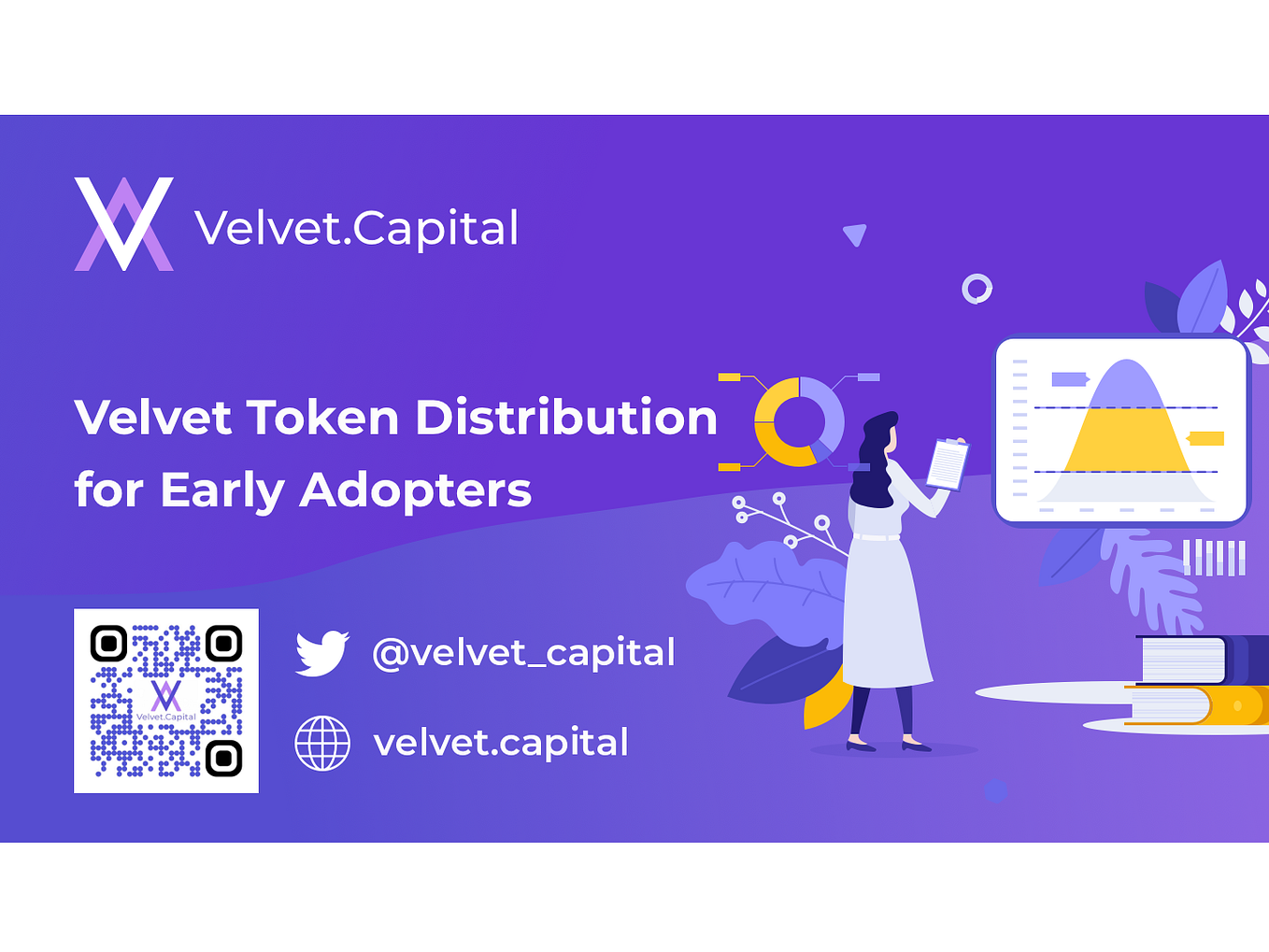
 Velvet.Capital
Velvet.Capital
in
Coinmonks
🚨Velvet.Capital Token Distribution (Airdrop)🚨
🚨 Airdrop Alert🚨: DeFi Asset Management Done right! Everything you need to know for Velvet.Capital’s Token Distribution & Airdrop!
4 min read
·
Dec 30, 2022
40K
1074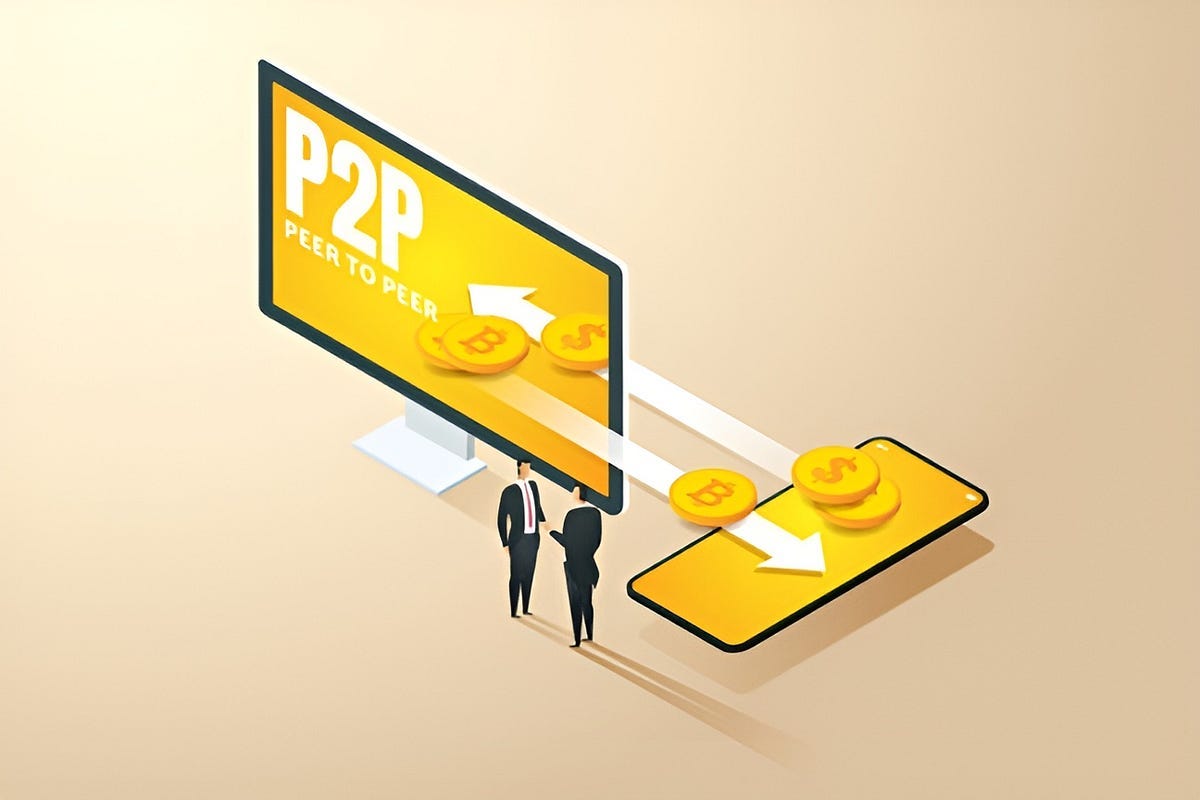
 Serenawilliams
Serenawilliams
in
Coinmonks
Building a Robust and Secure P2P Crypto Lending Platform: A Comprehensive Guide
In the ever-evolving landscape of finance and technology, peer-to-peer (P2P) lending platforms have emerged as a revolutionary force…
6 min read
·
Dec 29, 2023
5
Recommended from Medium
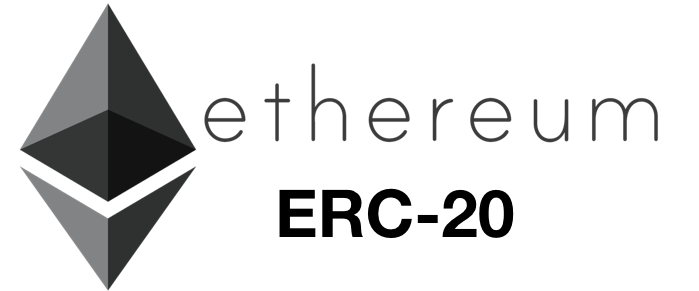
 Mohammed Niyas
Mohammed Niyas
in
CoinsBench
Deploy your first ERC-20 Token
Creating an ERC-20 token involves several steps and requires familiarity with Ethereum and smart contract development. Here's a…
3 min read
·
Jan 1
6
1
 Tokenizing Real World Assets
Tokenizing Real World Assets
Chintai RWA Client Pipeline Preview
@ChintaiNetwork
4 min read
·
Dec 4, 2023
133
Lists


data science and AI39 stories
·
44
saves Bianca Buzea
Bianca Buzea
in
LUKSO
LSP7 vs ERC20: Top 6 Differences
In the ever-evolving landscape of blockchain standards, LSP7- Digital Asset has emerged as a groundbreaking innovation. For those familiar…
4 min read
·
Jan 11
47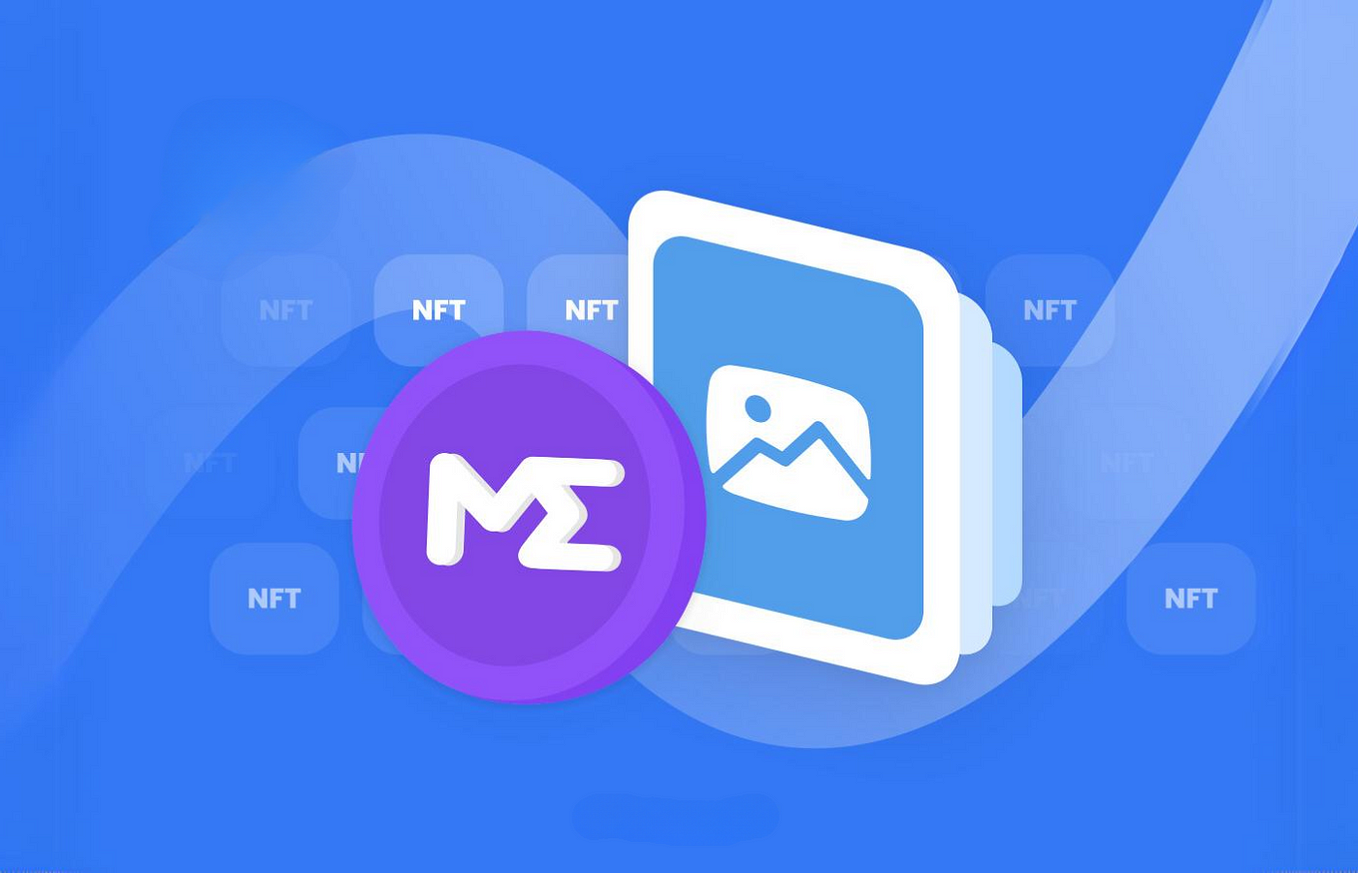
 Robert John
Robert John
in
Coinmonks
A Deep Dive into Magic Eden, Solana’s Premier NFT Marketplace
In the fast-paced world of NFTs, Magic Eden has emerged as the shining star within the Solana ecosystem. As of 2024, Magic Eden has…
9 min read
·
Jan 10
10
 Markdomain
Markdomain
in
Web3Prophet
Web3 Gaming Trends 2024 — Unveiling the Future of Gaming
Welcome to the realm of Web3 gaming, a revolutionary frontier that’s breaking through the constraints of the crypto bear market. Imagine…
7 min read
·
Dec 8, 2023
5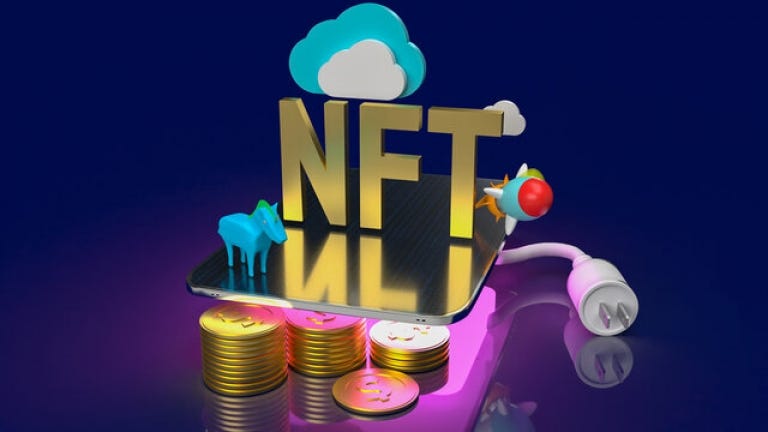
 Aurora Grace
Aurora Grace
in
TokenTrends
Top 10 NFTs Worth Investing in 2024
Navigating the fast-paced realm of NFTs involves discerning potential long-term value amid evolving trends. Amidst the swiftly changing…
7 min read
·
Jan 10





































